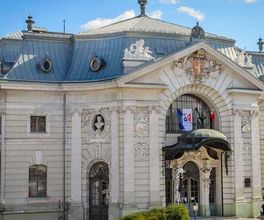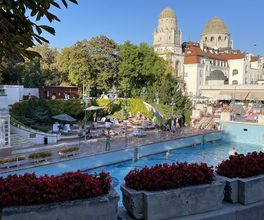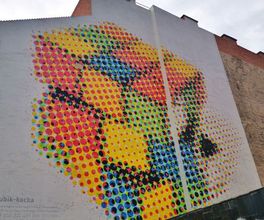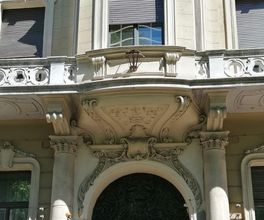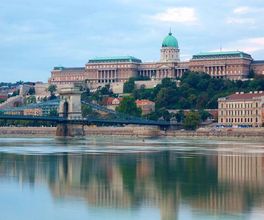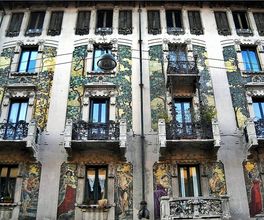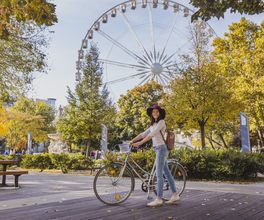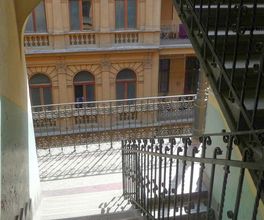




Individual Excursion: Secession - Budapest Modernism, or Following the Footsteps of Hungarian Gaudi
About this experience
The style I will talk about received different names in various European countries: in the Austro-Hungarian Empire it was known as Secession, in Russia and the UK as Modernism, in France as Art Nouveau, and in Germany as Jugendstil. However, it is most widespread in the territory of the Austro-Hungarian Empire. I will explain how it happened and showcase its beautiful examples, which are hard to find on your own.
What to Expect
During the walk, I will talk about the founder and leading figure of Secession architecture in Hungary - Ödön Lechner. He created the Hungarian Secession school with its characteristic features, expressed primarily in the active use of Hungarian folk motifs.
You will also learn about the history of Budapest's emergence and its rapid development after the formation of the Austro-Hungarian monarchy in 1867. From then until the beginning of World War I, in an era known as the 'happy peaceful times' (boldog béke idők), Budapest became what we see today, with its rich eclectic buildings on Grand Boulevard, luxurious palaces, trading halls, the first metro on the continent that you are familiar with, and the mansions of Andrássy Avenue.
- We will start with the building of the Hungarian State Geological Institute, built in 1899 by Lechner. The building can rightfully be considered a masterpiece of his work. You will uncover the features of the blue ceramics that adorn the roof and hear about the factory where it was produced.
- Walking along Stefánia Street, we will come to another noteworthy building - the Special School for the Blind.
- Our next stop will be at the villa of Balázs Sipeki. From here, we will take the oldest metro in Europe to Mihaly Munkachi Street, where you will encounter two more examples of modernist architecture.
- Then, we will take the metro back to the city center to see another brilliant example of Lechner's talent - the building of the Postal Savings Bank. Its walls are adorned with yellow Zsolnay majolica with plant ornaments. We will talk about their symbolism.
- We will finish the walk at a building known as 'Bedo House', named after its first owner.
